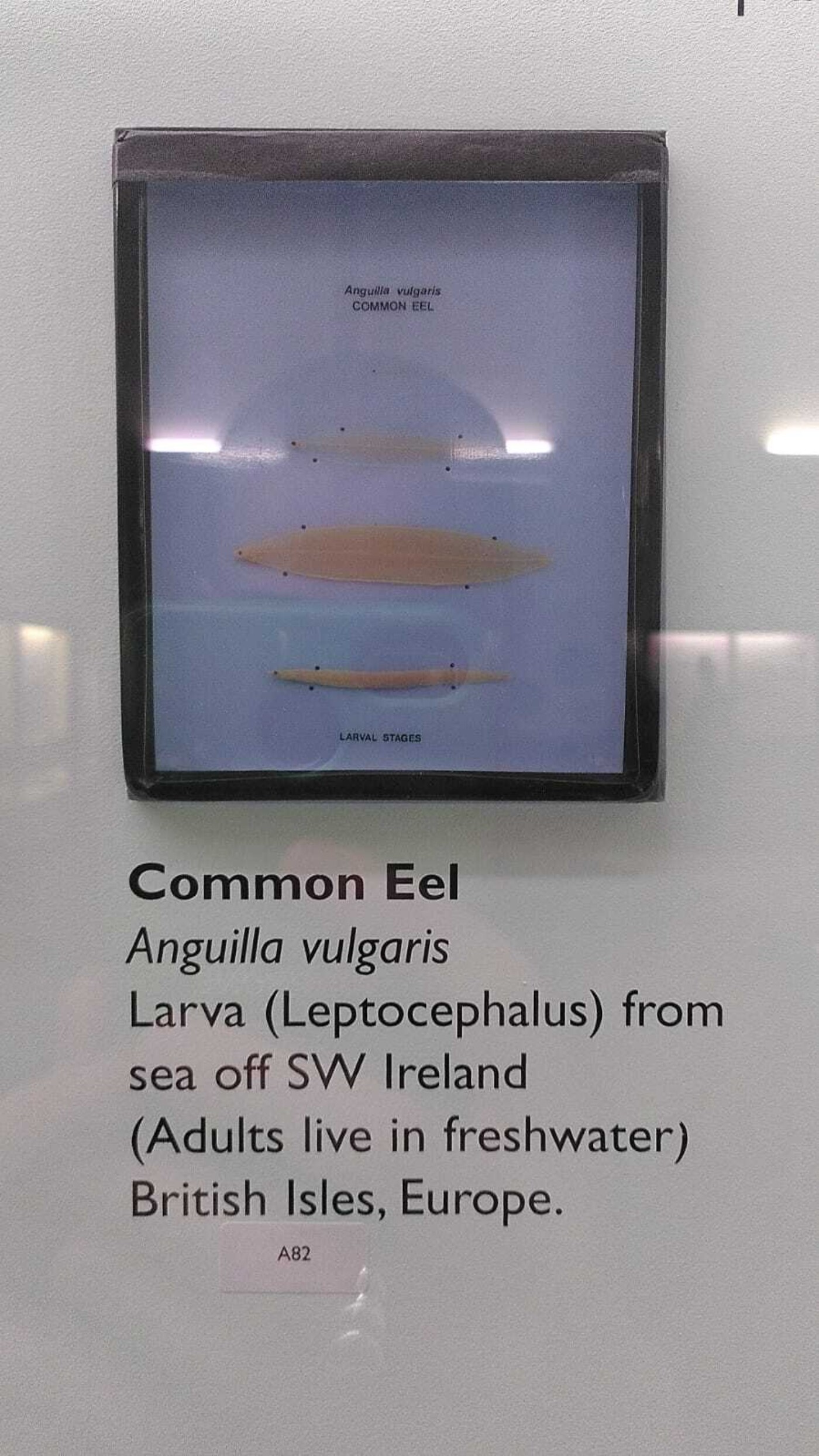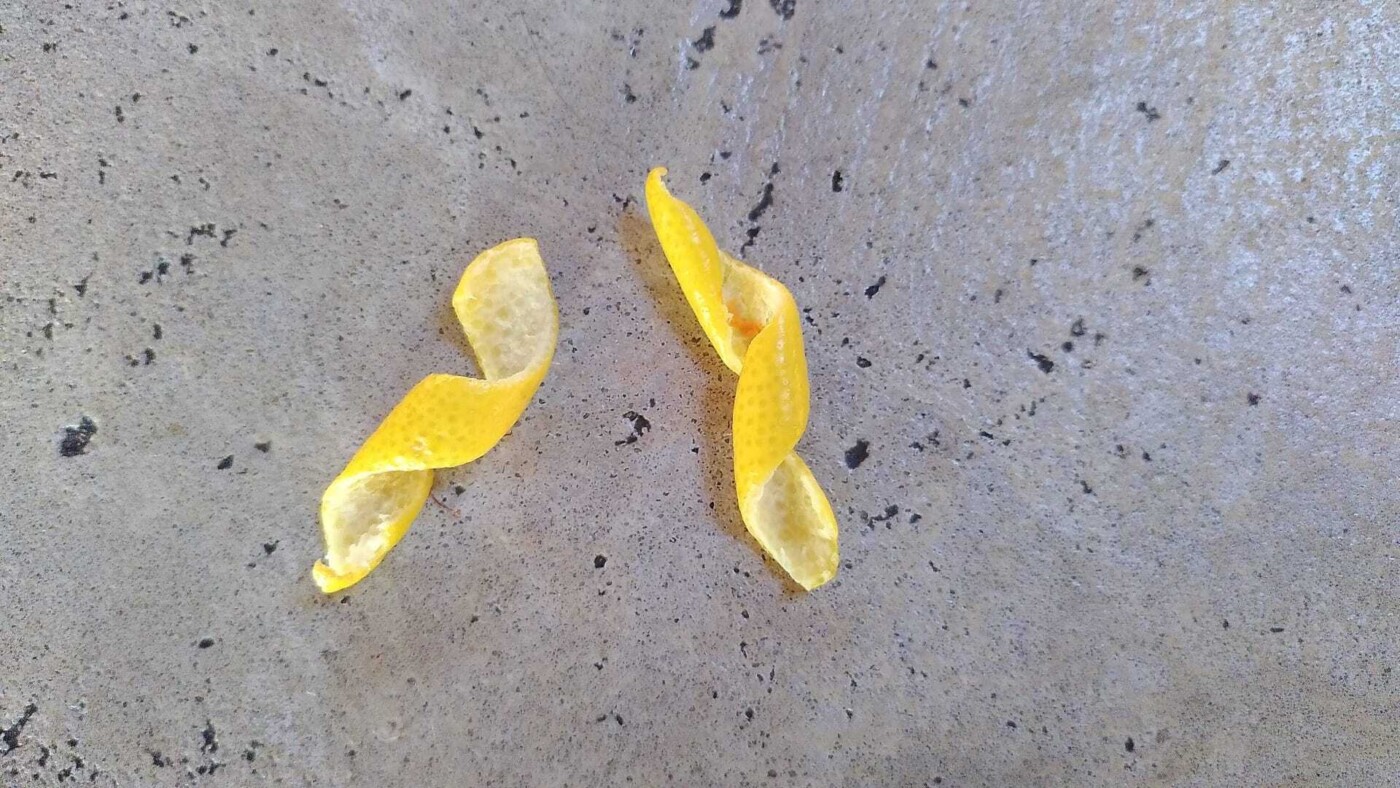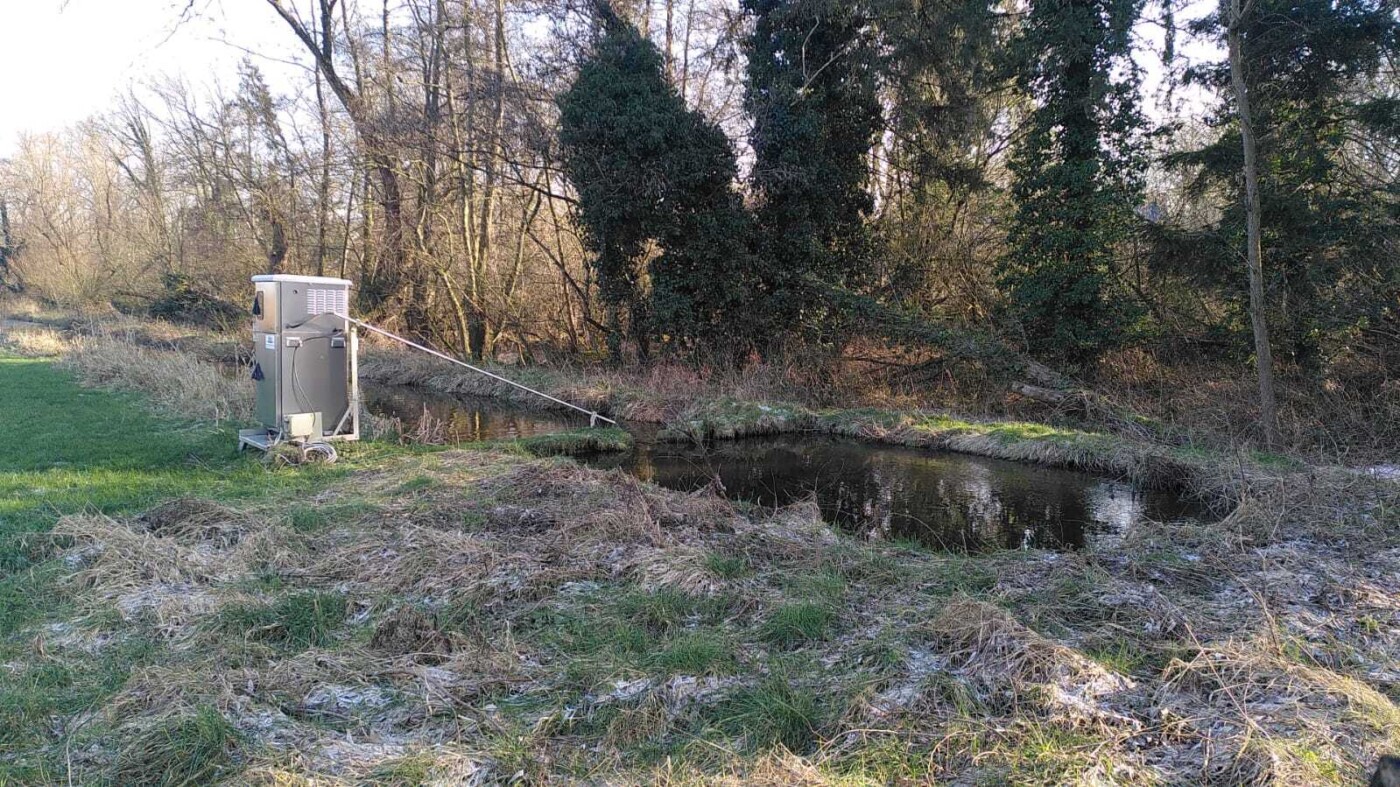Writing Residency: Francesca Hawker
During her residency at Woning Van Wassenhove, Francesca Hawker is in the process of crafting 13 short texts. These texts will be read aloud by 13 guests during upcoming dinners and will also serve as the foundation for a public presentation later this year.
The texts delve into the lives of various individuals connected to eels, including friends of the artist, writers, and historical figures. Although initially presented as biographies or character introductions, Hawker aims to intricately connect these characters through shared affinities.
A little about eels
From Francesca Hawker’s original residency proposal
The European eel is considered to have a notoriously illegible life cycle. They spend most of their lives in the freshwater lakes and rivers of Europe but are born in the Sargasso Sea. Before October 2022, no scientist had ever observed an adult European eel in their supposed breeding ground, despite numerous feverish attempts to catalogue and document their sexual lives. Given this lack of certainty, there has always been a multitude of fantastical theories to explain their origins: Pliny the Elder believed that eels rubbed themselves on rocks and that the ‘scrapings’ transformed into baby eels.
Eel numbers have declined rapidly throughout Europe due to climate change, pollution and over-fishing, but also because of impassable structures such as locks and dams, which threaten the eel’s migratory route. However, in the river Leie - a tributary of the Scheldt which connects Kortrijk and Ghent and encircles Sint-Martens-Latem and Woning Van Wassenhove - eel numbers have been on the rise, despite the river having been considered ‘biologically dead’ until recently.
Character Biographies
Johannes Schmidt
Johannes Schmidt was a Danish biologist. He married a woman called Ingeborg Kühle, a member of the family who owned Carlsberg Brewery in Copenhagen. Through this connection, he was able to secure funds and immediately after the marriage, he went to sea. He spent years trawling a net behind the boat like a fishing vessel, and then he would measure the length of the baby eels that he collected. He followed these eels as they became smaller and smaller and found the smallest eels in the Sargasso Sea. Therefore he discovered what is considered to be the breeding ground of all European eels. He did this in 1920. Over 100 years later scientists tracked adult eels to the Sargasso Sea by fitting them with satellite tags. Before this, they had tried other things like strapping live female eels with artificially fertile reproductive organs to buoys in the Atlantic Ocean so that they would attract male eels with their pheromones.
Storm Henk
Storm Henk was the name of the latest storm to reach Belgium about a week ago. The River Leie which runs around Sint-Martens-Latem and the tributaries which run off it between the fields broke their banks and the fields were flooded.*
Some river-dwelling animals and some field-dwelling animals were dislodged. After Storm Henk left the temperature dropped suddenly so a lot of the floodwater froze over and is still frozen.**
*It’s not clear whether any eels attempted an early migration, seeing as they often use floods as an opportunity to move from any landlocked areas they might find themselves into waterways that connect eventually to the sea.
**It’s not clear whether any animals under the water became trapped or were able to escape before it froze.
Nick Tobler
Nick Tobler is also known as ‘the eel pit guy’ and his TikTok name is Cowturtle. When he first moved into the house he noticed that it came with what used to be a rainwater cistern and was now an empty watertight basement. He flooded the basement and then filled it with eels and other freshwater aquatic species. Unlike a rainwater pond, there’s no way for the eels to escape (which they tend to when it rains, they crawl over the land).
Nick Tobler has always worked in fish stores so he has a superior working knowledge of fish.* He has built little square raised tiles that he uses to jump from tile to tile when feeding them. He generally feeds the eels frozen tilapia fillets from the grocery store. His TikTok videos are very popular and he has been interviewed by some news channels.
*It’s not clear whether he will move them out of the basement and into a river when it's time for them to meet with others if they were to want that.
Richard Beck
Richard Beck is an author and professor of psychology at Abilene Christian University. He also has a blog called Experimental Theology. One of his most successful books is called Hunting Magic Eels: Recovering an Enchanted Faith in a Skeptical Age. In the book he visits St. Dwynwen’s Church on LLanddwyn Island off the coast of Wales. St Dwynwen is the Welsh patron saint of lovers. Richard Beck explains how during the middle ages, eels were kept in a well in the church. People would visit the well and throw handkerchiefs into it. A local wise woman would interpret the eel’s reaction to the handkerchief, and depending on the eel’s response, the person’s romantic future would be predicted. As well as writing books, Richard Beck regularly visits prisons, where he leads bible studies which are said to be very lively and to even include pop cultural references and humour.
Anastasia Hadjipapa-McCammon
Anastasia Hadjipapa-McCammon is an actress, performer, and educator. One of her most successful characters is called Detective Barry Bramble. Mr Bramble has a moustache and a wide-brimmed hat. He solves mysteries by looking for clues in the everyday, including letters, colours, shapes and numbers. He recently solved a mystery surrounding the design of various stages built for the Eurovision Song Contest, and his most recent relationship was with an aquatic animal. Anastasia Hadjipapa-McCammon lives in a house in the centre of Brussels. It was built in the 1700s, although the basement is medieval. When she first moved in, a friend suggested that she should flood the basement and fill it with eels, which she decided not to do. There is a well in the basement, covered with a semi-transparent plastic lid.*
*It’s not clear whether the well contains water from the river Senne, which runs below Brussels and was covered over in the 19th century when it became too polluted, or whether it leads to some other body of water.
Patrik Svensson
Patrik Svensson wrote The Gospels of the Eels: A Father, a Son and the World’s Most Enigmatic Fish in 2019. The chapters alternate between stories about various eel enthusiasts and stories about his father. He and his father went eel-fishing often during his childhood. His first chapter is about Sigmund Freud, who is also known for his psychoanalytical work. When he was a teenager, he spent a summer in Vienna collecting and dissecting eels, because he wanted to find an eel with testicles. Until that point in time, no one had ever found an eel with testicles, because if an eel had testicles it meant it had begun its migration, and was therefore unrecognisable from it’s adolescent version. During this period of dissecting eels and failing to find their genitals, he was also failing to have sex with the women he saw at the harbour, as detailed in his notebooks from the time. Patrik Svensson therefore makes a connection between this period of frustration and Freud’s later theories about sexual development. Another chapter in Patrik Svensson’s book is about Rachel Carson. Rachel Carson is best known for writing Silent Spring in 1962, but her first book was published in 1941 and was called Under the Sea Wind. It’s split into three parts. Each part is from the point of view of a different animal that's connected to the sea. One part is from the point of view of an eel who’s called Anguilla, named after the latin name for the European eel, Anguilla Anguilla. Anguilla migrates to the Sargasso Sea. On the way, her body changes beyond recognition. If she had swum through Vienna, Sigmund Freud would not have considered her to be an eel.
Keith Gessen
Keith Gessen is a writer, editor, and the co-founder of the literary magazine n+1. In 2018 he published a novel called A Terrible Country, about a character called Andrei Kaplan who moves to Moscow to care for his aging grandmother. In one chapter, Andrei is attempting to throw his grandmother a birthday party. Guests are arriving soon, but there is a problem with the sink. It is clogged. He attempts to fix the problem: “I took my glass with water and angled some into that pipe. In it went, but I could not see the other side. The other side was - I had no idea where. Outdoors? Under the apartment? I mean, both. The answer had to be both. The pipes must have been in between the walls and the floors, eventually connecting to a larger pipe under the street. That was the only possibility. And the pipes from the street went - I did not know. That was beyond my pay grade. Into the river? It didn’t matter. I just had to clear this one clog.”
Takuro Yamashita
Takuro Yamashita is the main character in Unagi or The Eel, which was directed by Shohei Imamura and released in 1997. He has a pet eel who he talks to because he murdered his wife, so he can’t talk to her anymore. He murdered his wife because when he would go away on fishing trips and couldn’t see her, she would sleep with another man. He spent eight years in prison after the murder, where he kept the eel in a pond. Pets weren’t allowed but the guards pretended it was theirs. Once he accepts his murderous past and falls in love with someone new, he doesn't need to talk to the eel anymore, so he releases the eel into the river. He explains one more thing to the eel before it goes, which is that he and the eel are connected because they have both experienced a confusing paternity issue. The eel’s issue is that it doesn't know which sperm fertilized it when it was still an egg.* Takuro Yamashita’s issue is that he cannot tell anyone that the sperm that fertilised the egg inside the woman he’s now in love with was originally inside a man who he doesn’t like and who punched him. But he’s going to raise the child anyway and keep the paternity a secret. He tells the eel about their connection while standing in the boat after putting the eel back in the river.
*It’s not clear which sperm fertilised any egg that goes on to be an eel, because they have never been successfully bred in captivity. Captive female eels have given birth to live young, but the live young has never not died.

Foto: Francesca Hawker

Foto: Francesca Hawker

Foto: Francesca Hawker